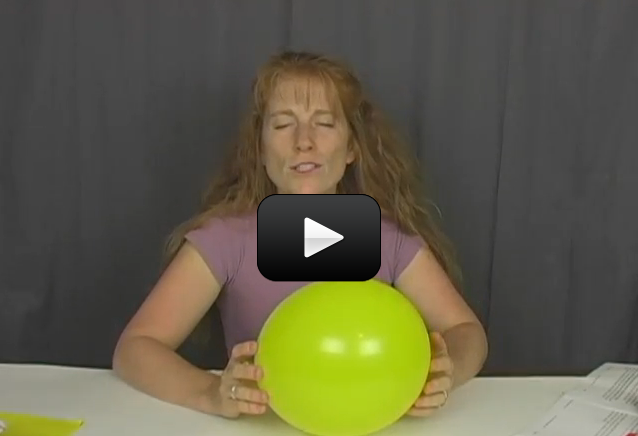Pure substances all behave about the same when they are gases. The Ideal Gas Law relates temperature, pressure, and volume of these gases in one simple statement: PV = nRT where P = pressure, V = volume, T = temperature, n = number of moles, and R is a constant.
When temperature increases, pressure and volume increase. Temperature is basically a speedometer for molecules. The faster they are wiggling and jiggling, the higher the temperature and the higher the thermal energy that object has. Pressure is how many pushes a surface feels from the motion of the molecules.
Materials: balloon, freezer, tape measure (optional)
Please login or register to read the rest of this content.


Here’s a fun experiment take a bucket of dry ice and put bottled water in it and after a few hours banging it against a hard surface and watch
Good question! A pure substance is that one atom, element, or molecule all the way through, like diamonds, water, air, salt… Salt is NaCl (sodium and chloride atoms) which is a chemical compound, but is also a pure substance of salt . Do you see how all elements are pure substances?
I notice you use the phrase ‘pure substances.’ Is this the same as ‘element?’
Sounds like the temperature change wasn’t enough for you to see with your balloon. You can either make the air that you started with inside warmer (like do this on a hot day), or make the cold surrounding air colder, like with a block of dry ice in a cooler (get an adult to help you). You should see a change when you do one or both of these. When I do this with liquid nitrogen, the balloon shrinks down to its un-inflated size in the cooler, and when I bring it back out, it re-inflates right before your eyes!
Hello Aurora,
I did this experiment using a good quality balloon. The balloon was still the same the next day.
Why is that so?
Thank you!